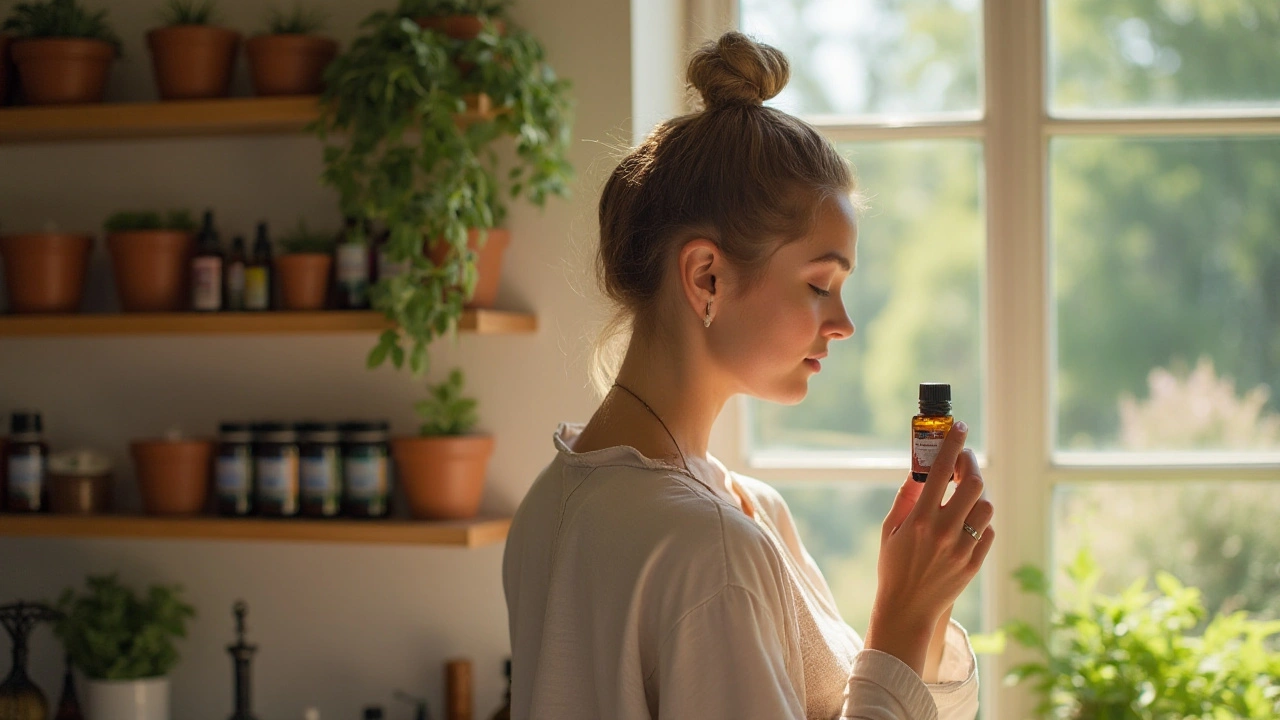Conjunctivitis (Pink Eye): What It Is and What To Do
Got red, itchy, or watery eyes? That could be conjunctivitis — commonly called pink eye. It’s an inflammation of the thin membrane covering the white of your eye and inside the eyelids. Causes range from viruses and bacteria to allergies and irritants like chlorine or smoke. Most cases are mild, but a few need a doctor or prescription medicine.
Signs & When to See a Doctor
Here’s how to tell what might be causing your pink eye and when it's time to get medical help:
- Viral: watery discharge, often with a cold or sore throat. It usually clears on its own in 1–2 weeks.
- Bacterial: thicker yellow or green discharge, eyelids may stick together after sleep. Antibiotic drops often speed recovery.
- Allergic: both eyes itchy, lots of tearing, often with sneezing or seasonal allergies.
See a doctor if you have severe pain, changes in vision, intense light sensitivity, a high fever, or if symptoms don't improve in 48–72 hours. Newborns with any eye redness or discharge need urgent care.
Treatment and Home Care
Treatment depends on the cause. Viral and allergic pink eye usually don’t need antibiotics. For viral cases, cold compresses and artificial tears can ease discomfort. For allergic conjunctivitis, antihistamine eye drops or oral allergy medicine help a lot.
If a doctor prescribes antibiotic eye drops for bacterial conjunctivitis, follow the full course even if you feel better quickly. Don’t use leftover antibiotics or someone else’s medicine.
Simple home steps that help every type:
- Wash your hands often and avoid touching your eyes.
- Don’t share towels, pillowcases, or makeup until you’re fully healed.
- Replace eye cosmetics used while you had symptoms.
- Use clean, warm or cool compresses to loosen crusts and soothe irritation.
Thinking of buying eye drops online? Choose pharmacies that ask for a prescription when required, show clear contact info, and are licensed. If a site promises miracle cures or sells prescription antibiotics without a prescription, steer clear.
Kids with conjunctivitis can usually return to school 24 hours after starting antibiotics for bacterial cases, or when symptoms are improving for viral or allergic cases. Still, follow your pediatrician’s advice.
One last practical tip: if you wear contact lenses, stop wearing them until your eyes are fully healed and your eye doctor clears you. Lenses can trap bacteria or irritants and slow recovery.
If you’re unsure what’s causing your pink eye, or symptoms feel severe, get checked. Quick, simple steps at home usually help, and the right medicine speeds recovery when it’s needed.
